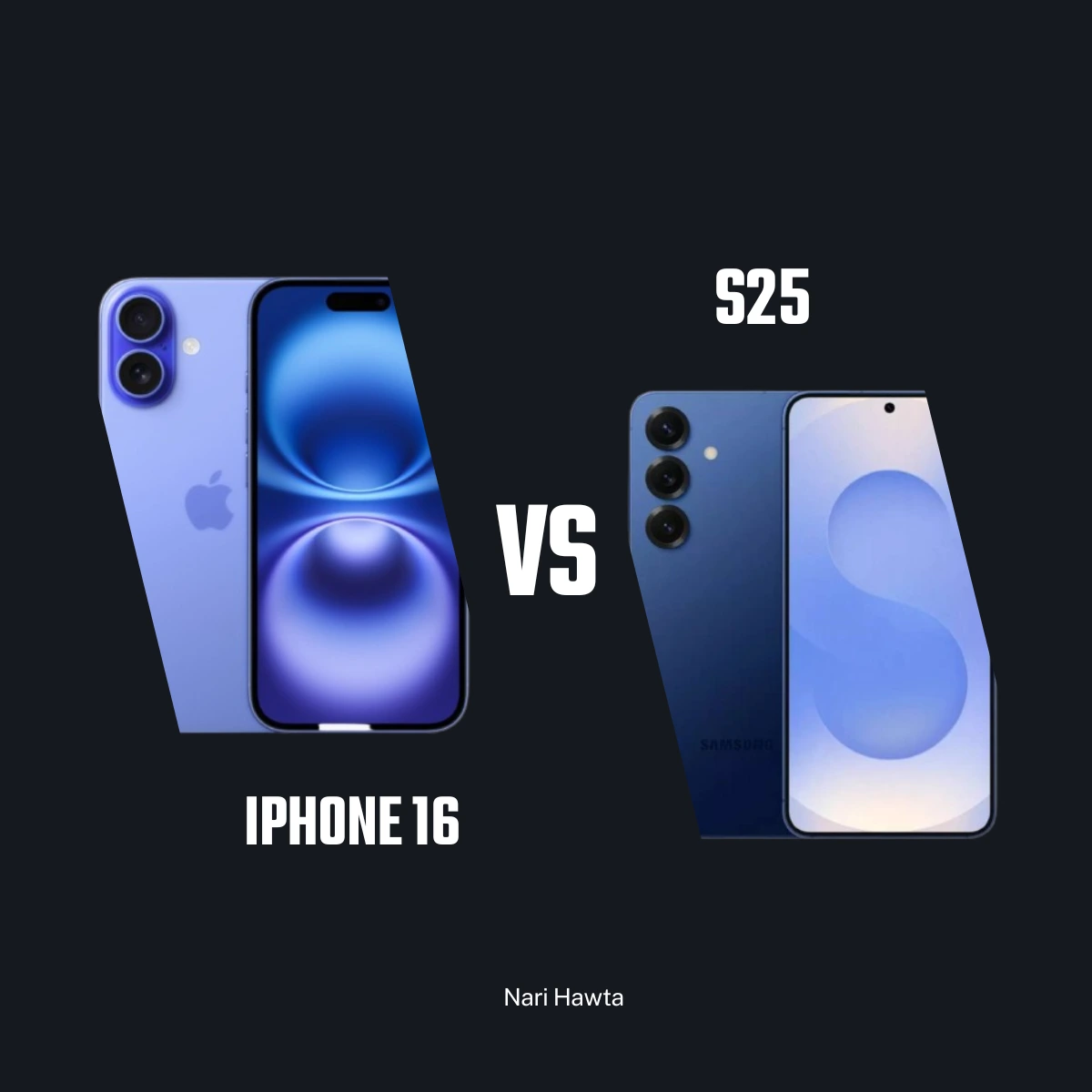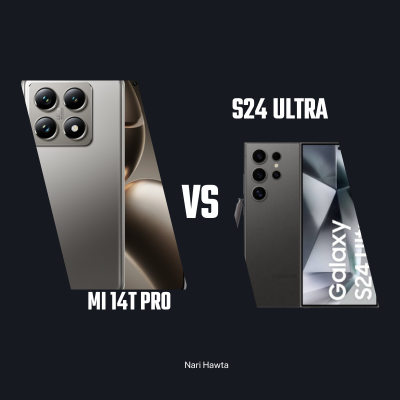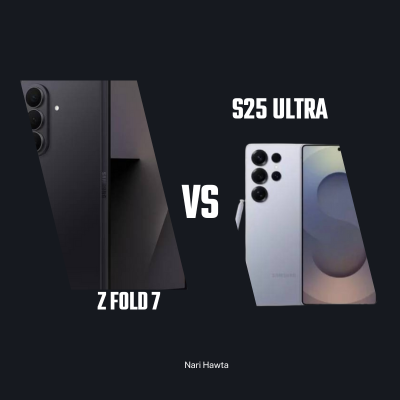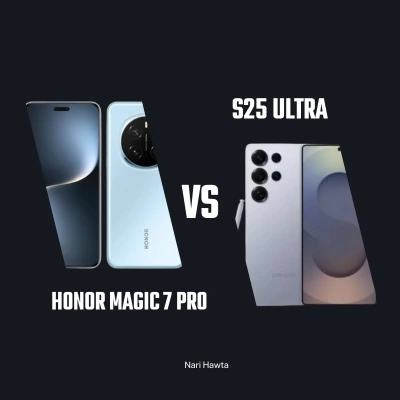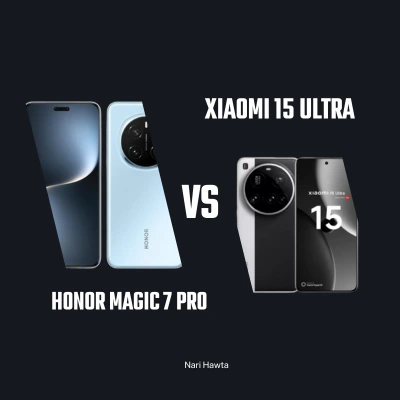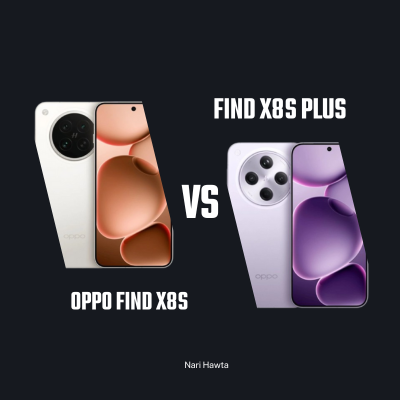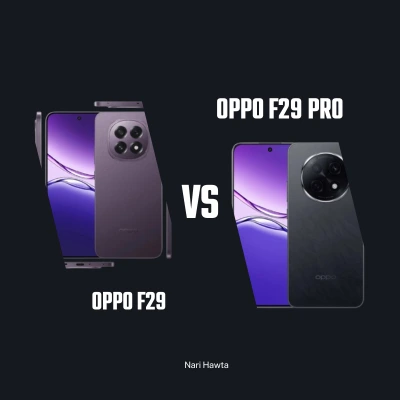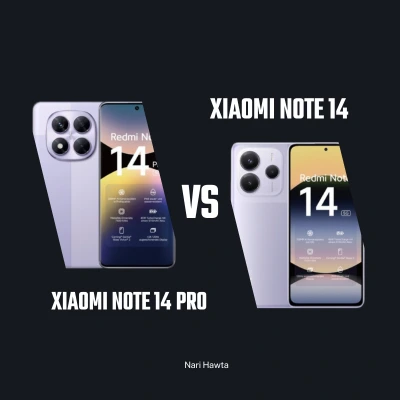In today's fast-paced world, choosing the right smartphone can be a daunting task. With technology evolving at a rapid rate, the options seem endless. The competition between Apple's iPhone 16 and Samsung's Galaxy S25 is fierce, as both devices boast cutting-edge features and impressive capabilities. Whether you're a loyal Apple aficionado or a devoted Samsung supporter, making the decision between these two powerhouse smartphones is no easy feat. Join us as we delve into the key differences and similarities between the iPhone 16 and Galaxy S25 to help you make an informed choice that best suits your needs.
Comparison table
| Samsung Galaxy S25 | iPhone 16 | |
|---|---|---|
| Display | 6.7" AMOLED, 120Hz, QHD+ | 6.1" Super Retina XDR OLED, 120Hz, FHD+ |
| Processor | Snapdragon 8 Gen 4 / Exynos 2500 (region-based) | Apple A18 Bionic |
| RAM & Storage | 12GB RAM, 256GB / 512GB | 8GB RAM, 128GB / 256GB / 512GB |
| Main Camera | Triple: 200MP + 12MP + 10MP | Dual: 48MP + 12MP |
| Front Camera | 12MP | 12MP TrueDepth |
| Battery & Charging | 5,000mAh, 45W fast charging, wireless charging | ~3,500mAh, 30W fast charging, MagSafe wireless charging |
| Operating System | Android 15 (One UI 7) | iOS 18 |
| Connectivity | 5G, Wi-Fi 7, Bluetooth 5.4 | 5G, Wi-Fi 7, Bluetooth 5.3 |
| Special Features | S Pen support (Ultra), advanced zoom, AI camera features | Dynamic Island, deep iOS ecosystem integration |
iPhone 16
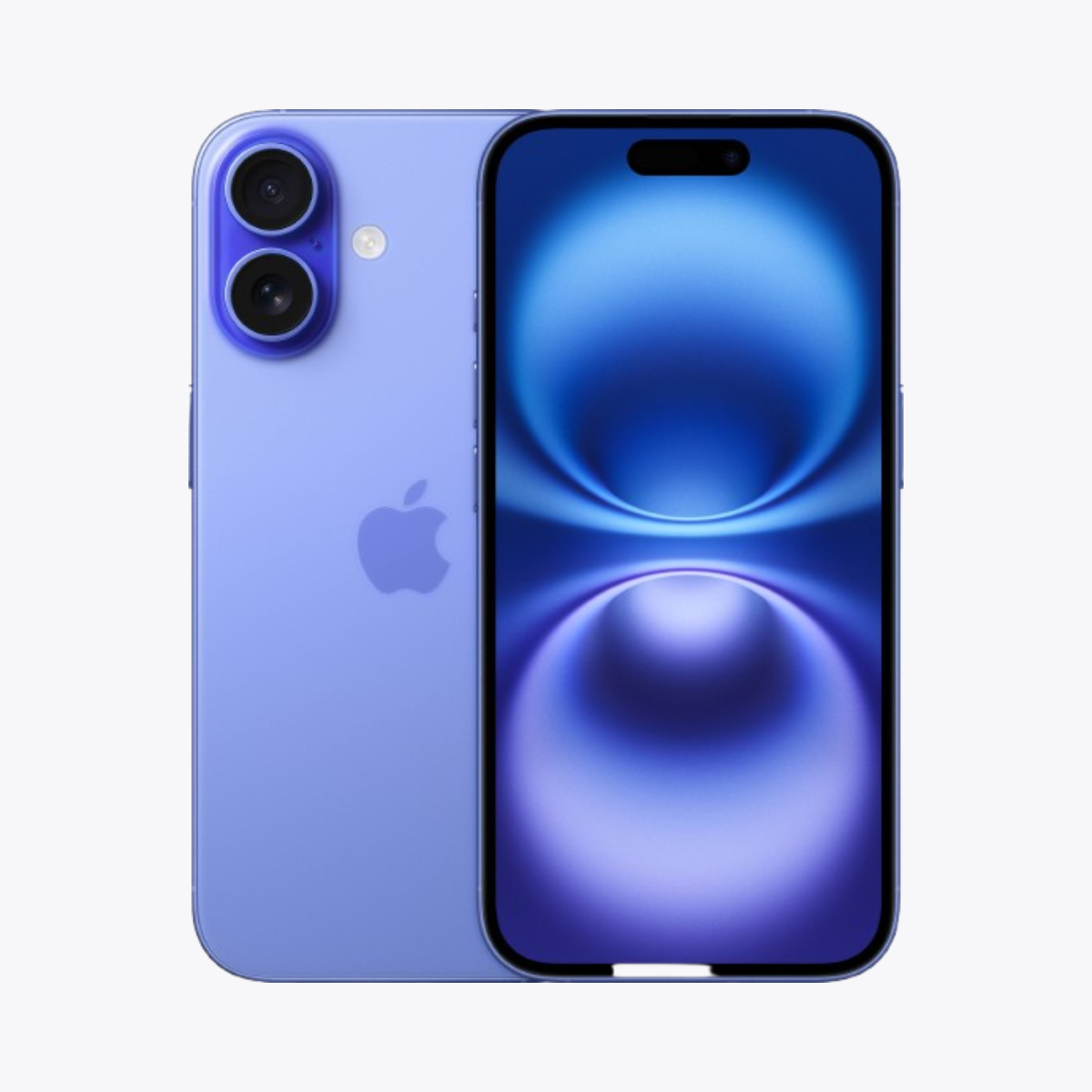
Apple iPhone 16
iPhone 16 features a cutting-edge A16 Bionic chip, offering industry-leading performance and efficiency
The Super Retina XDR Pro display provides stunning visuals with true blacks and vibrant colors
Improved battery life, lasting significantly longer than previous iPhone models, ensuring all-day usage without recharging
MagSafe technology allows for seamless attachment of accessories like chargers and wallets, enhancing user experience
Advanced camera system with improved computational photography capabilities, delivering exceptional image quality
The starting price for the iPhone 16 is higher than most competitors, making it less accessible to budget-conscious consumers
Lack of expandable storage options, limiting users who require large amounts of local storage for media and files
The design of the iPhone 16 closely resembles its predecessor, leading to criticism of lack of innovation in form factor
Design
The iPhone 16 showcases a sleek and slim design with dimensions of 146.7 x 71.5 x 7.8 mm and a weight of 172 grams. It features a Ceramic Shield front cover for enhanced durability and an aerospace-grade aluminum frame. The device boasts an IP68 water and dust resistance rating, ensuring protection in up to 6 meters of water for 30 minutes.
Display
The iPhone 16 is equipped with a 6.5-inch Super Retina XDR display, providing a resolution of 2778 x 1284 pixels at 458 PPI. Its ProMotion technology supports an adaptive refresh rate ranging from 1Hz to 120Hz, delivering smooth scrolling and improved responsiveness. The display offers True Tone, P3 wide color gamut, and Dolby Vision, ensuring vibrant colors and high contrast.
Privacy and Security
To safeguard user data, the iPhone 16 incorporates a Secure Enclave coprocessor for secure authentication and encryption functions. Face ID technology enables facial recognition authentication with a 20% faster unlock speed. In addition, the device features end-to-end encryption for iMessages and iCloud services, enhancing user privacy and data protection.
Cameras
The iPhone 16 boasts a triple-camera system with a 12 MP wide, ultra-wide, and telephoto lens configuration. It supports Night mode, Deep Fusion, and Smart HDR for exceptional low-light performance and high-quality image capture. The front camera offers a 12 MP TrueDepth sensor with Portrait mode, Animoji, and Memoji capabilities, providing advanced selfie experiences.
Performance
Under the hood, the iPhone 16 is powered by the Apple A16 Bionic chip, delivering industry-leading performance and efficiency. It features a neural engine with 16 cores for AI tasks and machine learning applications. The device offers up to 1TB of internal storage and supports 5G connectivity for fast data speeds and low latency.
Battery
A high-capacity 4000mAh battery powers the iPhone 16, providing all-day usage on a single charge. The device supports 30W fast charging, 15W wireless charging, and 5W reverse wireless charging capabilities. It utilizes advanced power management technologies to optimize battery life and efficiency.
Additional Features
Additional features of the iPhone 16 include dual stereo speakers for immersive audio experiences, support for Apple Pencil 3 for precise input and creative tasks, and MagSafe technology for convenient wireless charging and accessory attachment. The device runs on iOS 16, offering enhanced privacy controls, customization options, and seamless integration with Apple ecosystem services.
Samsung Galaxy S25
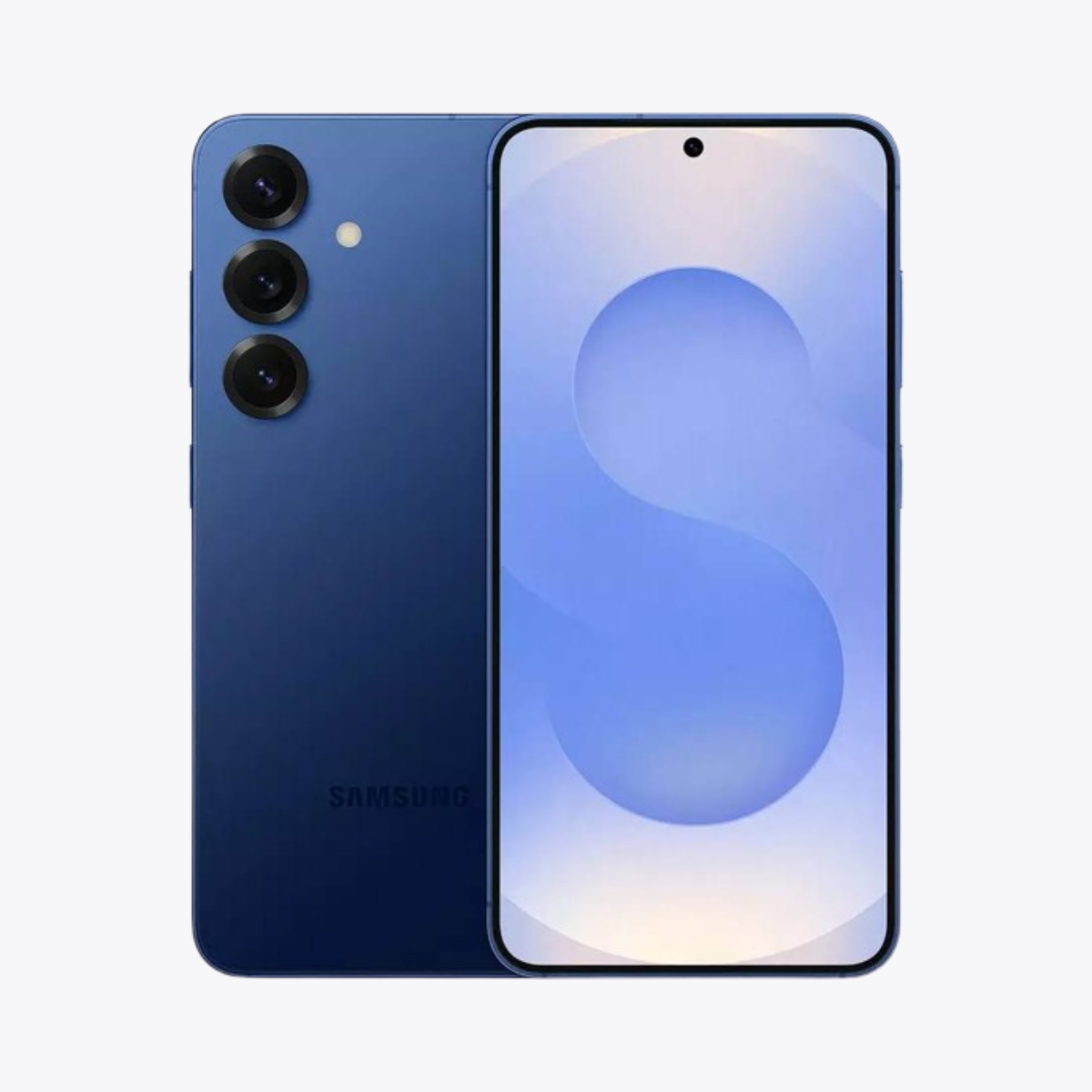
Samsung Galaxy S25
Impressive 200MP main camera sensor for incredibly detailed shots
Large 6.9-inch Dynamic AMOLED display with 2K resolution for an immersive viewing experience
Powerful Snapdragon 8 Gen 3 processor ensures smooth performance even with heavy multitasking
Massive 6000mAh battery provides extended usage without frequent recharges
5G connectivity support for ultra-fast internet speeds and low latency
Bulky and heavy design may not be comfortable for users with smaller hands
Higher price point compared to other flagship smartphones in the market
Limited availability of color options, restricts personalization choices for consumers
Design
The Samsung Galaxy S25 is expected to continue the sleek design language of its predecessors, featuring a glass front and back with an aluminum frame. The device is rumored to have dimensions of 158.7 x 73.7 x 7.9 mm and weigh approximately 180 grams, providing a premium and lightweight feel in the hand.
Display
The Samsung Galaxy S25 may boast a 6.9-inch Dynamic AMOLED display with a resolution of 3200 x 1440 pixels, a variable refresh rate ranging from 1Hz to 120Hz, and a peak brightness of 2800 nits. The screen is rumored to be protected by the latest Corning Gorilla Glass Victus+, offering improved scratch and drop resistance.
Privacy and Security
To ensure user privacy and security, the Samsung Galaxy S25 is expected to feature an advanced facial recognition system using 3D depth-sensing technology for accurate and fast unlocking. Additionally, the device is rumored to incorporate an ultrasonic under-display fingerprint sensor for secure biometric authentication.
Cameras
Equipped with a versatile camera system, the Samsung Galaxy S25 may house a quad-camera setup with a 108 MP primary sensor, a 12 MP ultra-wide lens, a 10 MP periscope telephoto lens offering 10x optical zoom, and a 3D ToF sensor for depth sensing. Users can expect advanced photography features such as improved night mode, 8K video recording, and enhanced AI scene recognition.
Performance
Under the hood, the Samsung Galaxy S25 is rumored to be powered by the latest Qualcomm Snapdragon 8 Gen 3 processor paired with Adreno 730 GPU for enhanced graphical performance. The device is expected to come in multiple RAM and storage configurations, offering seamless multitasking and storage options up to 1TB.
Battery
With a focus on long-lasting power, the Samsung Galaxy S25 may feature a 5000mAh battery with support for 45W fast charging, 30W fast wireless charging, and reverse wireless charging capabilities. Users can enjoy extended usage times and quick charging for added convenience.
Additional Features
The Samsung Galaxy S25 is rumored to offer 5G connectivity for blazing-fast data speeds, Bluetooth 5.2 support, NFC for contactless payments, and stereo speakers with Dolby Atmos audio enhancement. The device may also include an IP68 rating for dust and water resistance, enabling it to withstand immersion in up to 1.5 meters of water for 30 minutes.
